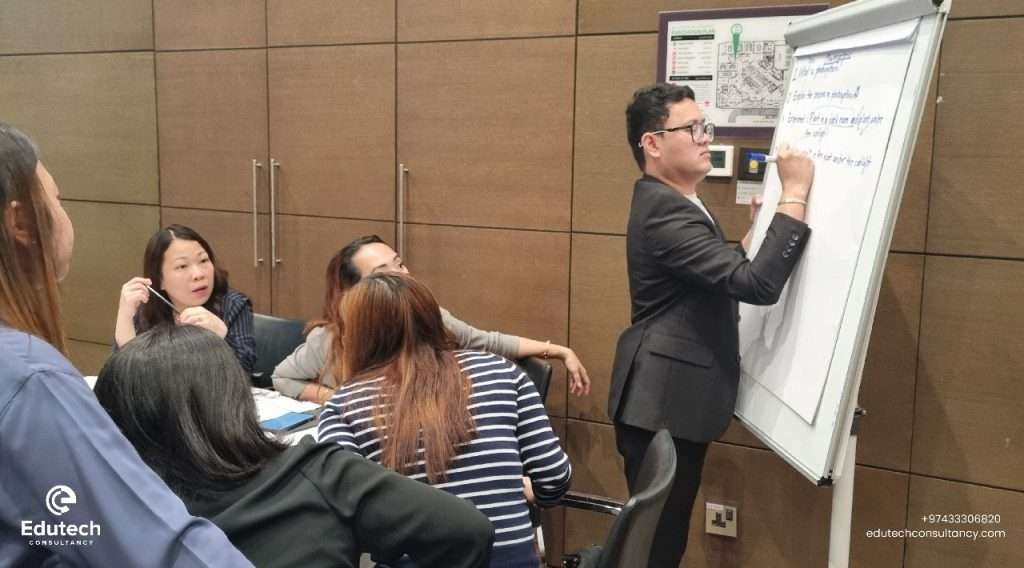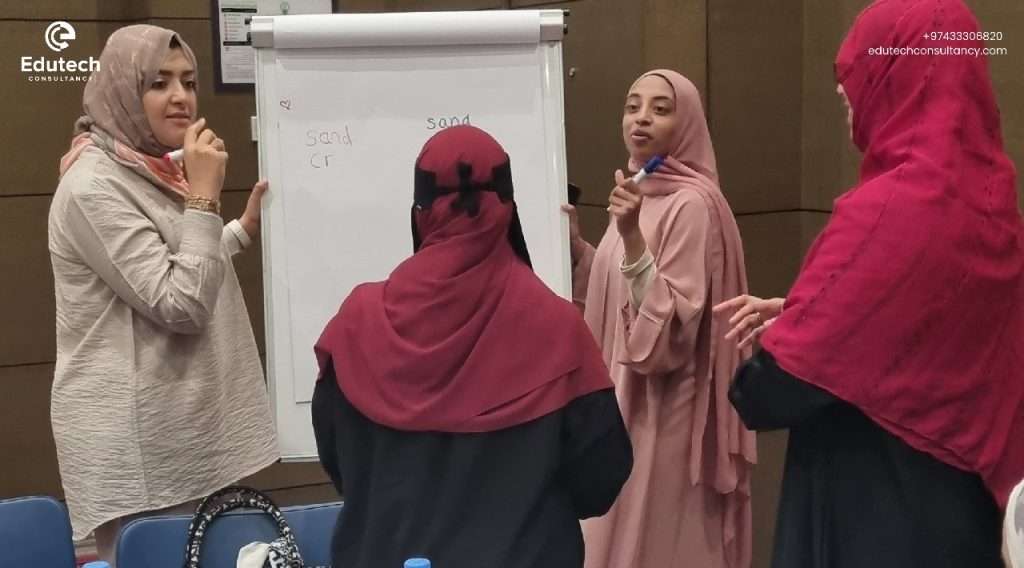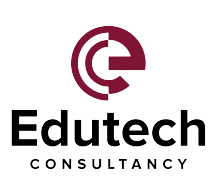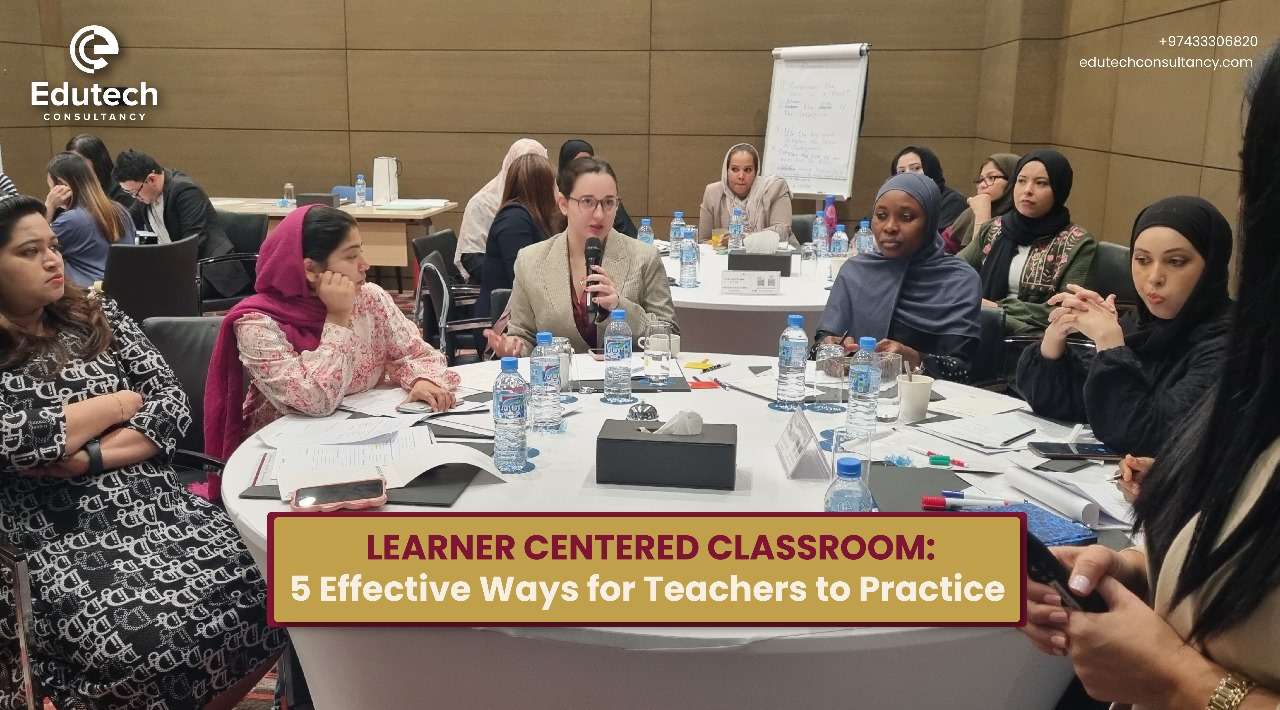Introduction
The traditional “sit and listen” model is no longer sufficient to address students’ learning needs in a classroom. More than ever, now teachers are utilizing the learner centered classroom as the ideal hub of education for students. This model creates a vibrant, interactive environment where students are active participants. Subsequently, it means that through this approach student interests, abilities and unique perspectives become the focus of implementation. Furthermore, they are encouraged to ask questions, solve problems, and even choose what and how they want to learn.
A true student-centered setting can be established only when students engage more deeply with the material. As a result they develop life skills essential to cultivate a sense of responsibility for their own growth. Have you also implemented the learner centered classroom setup in your practice? If not then this is the best time to do it.
Today in our blog we will discuss five powerful ways to make your teaching more learner-centered and inspire your students to prosper eventually.
1. Learner Centered Classroom: Students voice and choice
The fundamental to building a Student centered classroom is to make sure students have a voice and choice in their learning. This means that students take the ownership and decide their learning paths. Additionally, students have the decision to select topics that interest them. They set goals and also choose the formats of projects that suit them. As a result this develops a sense of autonomy in students. Moreover, this leads to higher motivation and more personalized learning experiences.
It doesn’t require any complex steps. All the teachers have to do is to simply provide the choice to students, whether it is letting students pick a book for a reading assignment or allowing them to choose from a list of project options. This way teachers can build confidence, responsibility and a deeper connection with understanding to make students active learners.
Why It Works:
- Peaks curiosity for learning
- Encourages active engagement by students
- Builds self-confidence and decision-making skills
- Supports different learning styles in the classroom
2. Flexible and Diverse Grouping
In a learner centered classroom, flexible grouping is essential for incorporating various learning styles and abilities. As a practice, teachers can make students groups based on varying criteria. Grouping done on skill level, interest, or learning goals is the best approach to follow. Hence, flexible grouping gives teachers an opportunity to address and meet the learning needs of each student. Furthermore, this also encourages collaboration and teamwork among students with different abilities.

To make it more useful teachers may rotate groups frequently, so that each student gets an equal chance to interact with all their classmates. As a result, by utilizing this practice, teachers can create a more inclusive and balanced classroom environment.
Why It Works:
- Every student learning needs are fulfilled
- Improves students social and communication skills
- Gives a dynamically diverse learning environment to students
3. Technology, a must-have for Learner Centered Classroom
Technology is an instrumental tool in creating a learner centered classroom. It greatly improves the outcomes in student’s success. Whereas, it allows teachers to provide a personalized learning experience to every student and it also benefits students with access to various learning resources. Integrating technology doesn’t merely mean using computers or tablets in the classroom. Whereas it includes the use of interactive apps, virtual simulations, online research, and multimedia tools that enrich the learning process.
Technology driven education has its own perks. On one hand it gives teachers immediate feedback, on the other it helps students explore complex concepts at their own pace. One more benefit of using technology is that it encourages independent learning as students can access resources anytime, anywhere. As a result, this serves as an integral opportunity to create a learner centered classroom with impressive results.
Why It Works:
- Supports self-paced learning for students
- Interactive technology tools enhance engagement and motivation
- Tech- based apps help students master complex topics with easy and engaging resources
4. Project-Based Learning
Project-Based Learning (PBL) is an extremely powerful teaching method. This approach helps students to learn by actively exploring real-world challenges. Teachers may begin PBL with a question that captures students’ curiosity. Then based on curriculum objectives teachers can establish clear milestones to achieve through relevant materials and timeline.

Project-based learning is a highly engaging way for students to learn, as it revolves around a compelling question or challenge that encourages curiosity and in-depth exploration.
Why It Works:
- Makes application of knowledge outside school easier
- Students through active learning retain information better
- Enables students take independent steps in decision making
5. Inquiry-Based Learning
Inquiry-based learning is a key component for effective student-centered education. Through this student’s question, explore and investigate topics of their interest. Before getting an idea of the facts and answers, start with questions or problems. Then they actively seek its answers through research, experiments or exploration.
This practice where teachers encourage students to ask questions fits seamlessly into a student’s centered learning environment. Consequently, it supports the ultimate goal of making learning meaningful, engaging and promoting students’ natural curiosity in learning. As a result, students gain more knowledge and have better control over what they learn.
Why It Works:
- Builds students confidence
- The sense of wonder and exploration students become active learners
- When students learn to analyze information they develop critical thinking skills
Conclusion
Remember that the student centered classroom starts with a teacher. It completely varies the educational experience. By implementing methods like giving students the choice, project based learning, flexible grouping, integrating technology, and encouraging critical thinking, teachers can support student growth in significant ways. This approach doesn’t just improve academic achievement in students; it builds confidence, independence, and a lifelong love for learning. Educators are increasingly adapting this change for today’s learners. In short, we can say that by keeping the changing needs of today’s learners in view, these strategies provide a roadmap for promoting a more connected and effective classroom environment.
Keeping in view the growing success of a learner centered classroom, Edutech Consultancy in Qatar is offering selected schools a customized workshop on Student Centered Learning. Schools can now bring this highly effective approach to their student’s success simply through this workshop. Don’t miss out on this opportunity to reform your school’s approach in modern education.
Click here to book the workshop TODAY!
FAQs
How can teachers start implementing a learner-centered approach?
Teachers can start by using techniques like active questioning, group work, and project-based learning. When students feel valued and heard through these activities, they are more likely to participate and take ownership of their learning.
Is assessment of students important in a student-centered learning environment?
Yes, assessment is crucial in a student-centered classroom. Through effective assessment methods, teachers can better understand each student’s learning needs. This insight allows teachers to use flexible grouping based on students’ learning abilities, tailoring support to help each student succeed.
What challenges might teachers face when implementing a learner-centered setting in the classroom?
Teachers may face challenges when transitioning to a more collaborative, learner-centered environment. However, this can be managed by starting small, implementing one or two learner-centered approaches at first and gradually adding more as both teachers and students become comfortable with the new methods.


